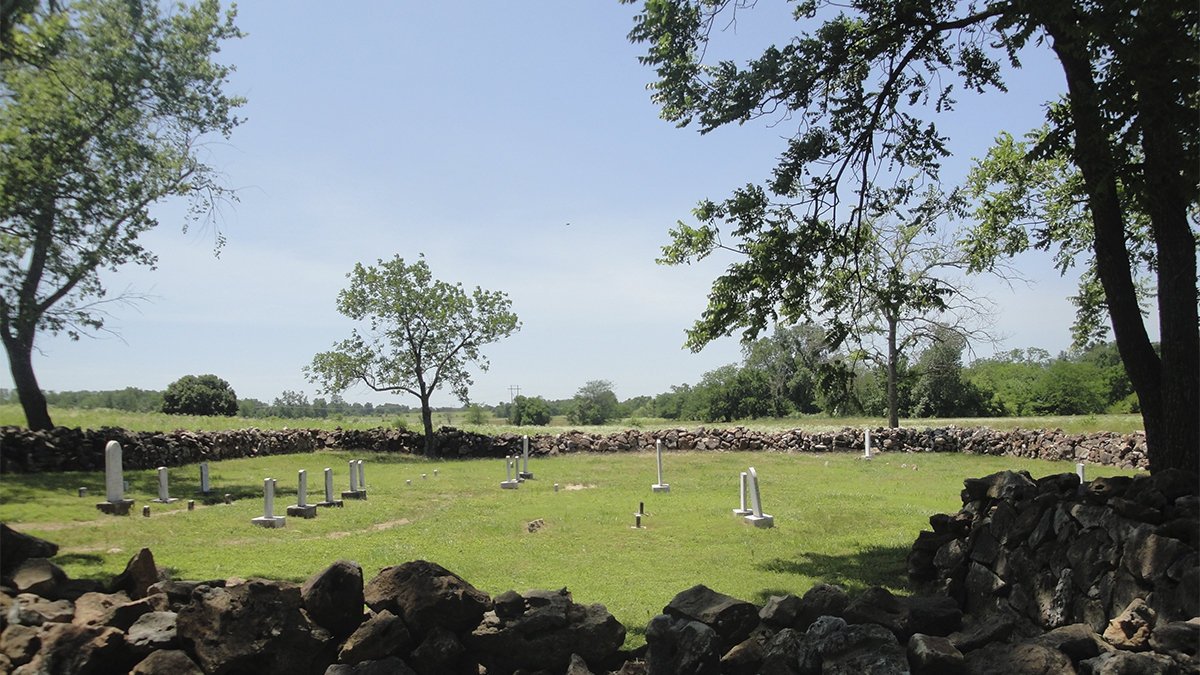Landscape Information
Established as a farm in the 1830s by Moses and Susan Carver, this relatively level, 240-acre rural site is edged by Carver Road to the east and Elder Road to the south. In 1864 Dr. George Washington Carver was born into enslavement on the property, where he lived until the age of eleven. Carver developed his spirituality and curiosity about the natural world on this site, exploring its agricultural fields, woodlands, and streams. Following the death of Moses Carver in 1910, the property was used for grazing, and in 1941 the Saint Louis chapter of the National Association for the Advancement of Colored People (NAACP) proposed creating a memorial on the site. Two years later the property was designated a national monument and was dedicated in 1953. It is the first national park to honor an African American and the first to commemorate an individual other than an American president.
Arriving from the east, a linear drive edged by a grove of deciduous canopy trees, leads to a visitor center, beyond which extends native grassland prairie and woodlands. A looped, mile-long trail, built in the 1950s links the site of the cabin where Dr. Carver was born (destroyed in 1880), a modest family cemetery, a farmhouse (1881, relocated 1916), a pond (1930s) and demonstration garden. The trail interprets several landscape features important to Dr. Carver during his youth, a natural spring and plant species that would have been present during the period of significance. The spring is marked by a bronze and stone sculpture of young Dr. Carver (1960). A section of the trail is edged by a row of walnut trees established in the 1950s to recall a hedgerow planted by Moses Carver in the nineteenth century. Portions of the trail afford expansive views across the open prairie.
The property was listed in the National Register of Historic Places in 1966.














